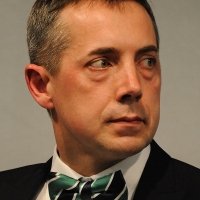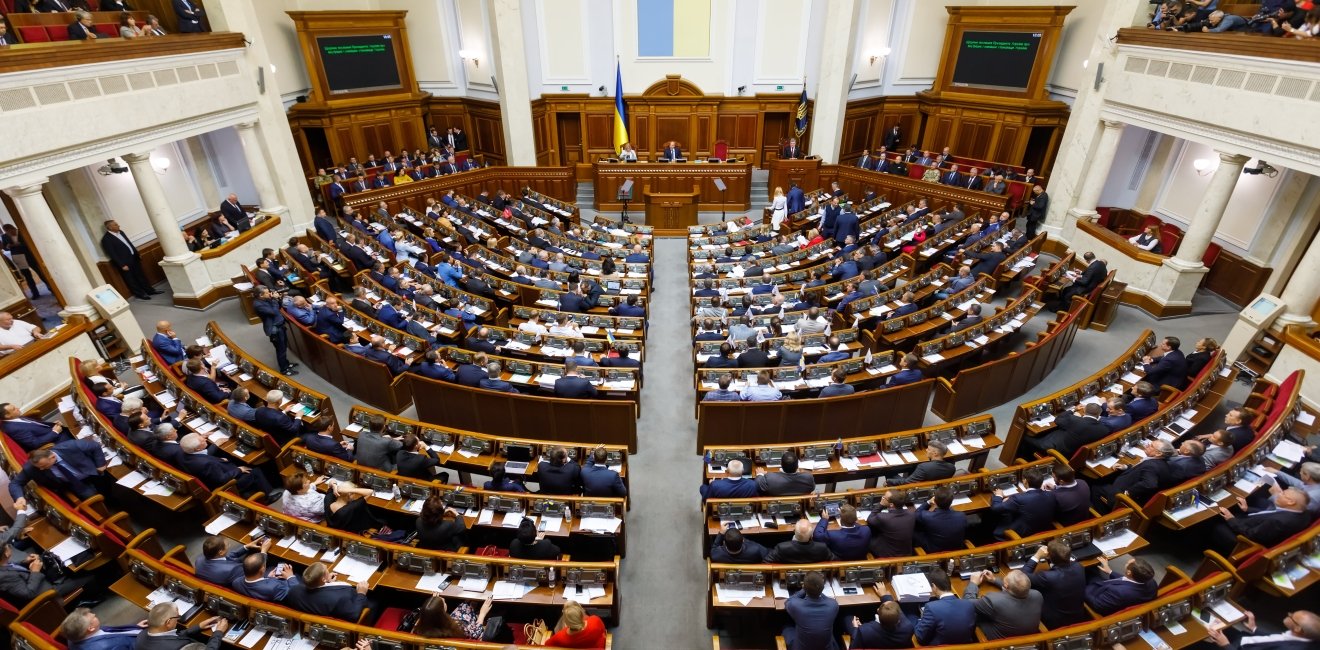
A blog of the Kennan Institute
BY MYKHAILO MINAKOV
Ukraine has reached the midpoint of a super-election year. With the somewhat surprising outcome of the presidential elections now in the rear-view mirror, the electorate is preparing for snap parliamentary elections on July 21. And with the elections have come a rearrangement of the political elite landscape in Ukraine and new political cleavages, which are expected to be on display in the upcoming Rada elections.
Even a year ago, no one could have imagined that Ukraine’s leaders would become outsiders. It looked as if the post-Euromaidan ruling elites would control the centers of power forever.
However, the result of the presidential elections was a shock for both politicians and experts: Ukrainian voters preferred Volodymyr Zelenskyy, an actor with no experience in public matters, to run the country for next five years. Unlike his main competitors, all seasoned if old-style political figures, Zelenskyy was seen by the voters as the proper person to take on the challenges of ending the war in the East, ending corruption, and mitigating economic hardship. Zelenskyy won 73 percent of the vote in twenty-four of twenty-five regions—an unprecedented result in a country that has long experienced a sharp division in the electorate between the eastern and western regions. Zelenskyy’s landslide victory was even described by some as an “electoral Maidan,” a radical attempt at regime change by constitutional means.
The shock of Zelenskyy’s win soon deepened. The post-Euromaidan political elites, whose candidate, the incumbent Petro Poroshenko, received only 24 percent of the votes in the second round of elections, started undermining the efforts of the president-elect by refusing to accept the resignations of the existing chiefs of defense, security and foreign affairs (and in one case, by the minister of foreign affairs reusing parts of Poroshenko’s speeches in a statement representing the new president to Brussels). In response, on his long-postponed inauguration day, President Zelenskyy called for early parliamentary elections.
This was a declaration of war by the new elite configuration against the ones that came into power in 2014, as well as against those who had held the reins of power before the Euromaidan. Thus a distinct new political cleavage emerged in April–May 2019.
The new elite group is still coalescing. Its creator is Volodymyr Zelenskyy, who believes that Ukraine needs “new faces” in politics. Thus he and his administration have created a party whose major selection criterion apparently is nonparticipation in politics before 2019. Zelenskyy’s party, Servant of the People (named after the TV serial in which Zelenskyy starred as a schoolteacher-turned-honest politician), has created a candidate list that seemingly supports this principle. And it looks like a large part of the electorate wants fresh faces, not well-known politicians. According to a recent poll, Servant of the People is supported by 47 to 52 percent of likely voters in the upcoming parliamentary elections.
As the Ukrainian parliament is elected through a mix of party lists (225 seats) and single-mandate-district candidates (225 seats), it is also important for President Zelenskyy to bring into parliament the same number of MPs from the single-mandate districts as arrive through party list voting. According to my observations, single-mandate candidates receive a 15–20 percent bump in votes if they are nominated by the presidential party. This is how a new elite group tries to construct a power structure: by controlling the presidency and having a majority in parliament and the cabinet.
Another means of rotating elites is to use lustration. Lustration, by purging older, embedded political groups, can be a tool to deprive certain groups of power when there is a transition from authoritarian to democratic rule. It was wielded for this purpose in 2014 by the post-Maidan elites. On July 12, President Zelenskyy submitted a draft law to parliament that envisages extending lustration to senior officials who have been in their positions since February 23, 2014, when the leaders of the Euromaidan started removing former president and Russia sympathizer Viktor Yanukovych and other major and middle-level officials from office.
So much for the older elite group. A second political elite group consists of politicians who largely came to power after the Euromaidan, in the presidential and parliamentary elections of 2014. Their leaders include ex-president Poroshenko, ex-prime minister Yatsenyuk, Minister of Interior Arsen Avakov, Yulia Tymoshenko, Oleg Lyashko, Mikhail Saakashvili, Anatolii Hrytsenko, and a handful of other politicians who played crucial roles in developments between 2014 and 2019. According to a recent poll, their electoral value is minimal today. Poroshenko’s party, European Solidarity (with 8.2 percent of expected electoral support), and Tymoshenko’s Batkivshchyna (6.4 percent) may still make it into parliament. The others will most likely not meet the 5 percent hurdle and so will not have representation in the Verkhovna Rada.
Still, these groups control upper-middle management positions in state bodies, law enforcement agencies, and most state-owned corporations. The struggle between this elite group and the new one coalescing around President Zelenskyy is visible in each ministry and each oblast of Ukraine today.
There is also a political party that tries to be in the both camps. Svyatoslav Vakarchuk, a rock star, ex-MP (he served after the Orange Revolution, in 2005–2006), and a reemerging politician, has created a new party, Holos (Voice), that combines Zelenskyy’s logic of new faces and Petro Poroshenko’s national-conservative ideology. This party currently is supported by between 4 and 6.6 percent of likely voters. It has a chance to send delegates to the Verkhovna Rada and to be a minor partner in the pro-Zelenskyy coalition.
The third political division that has become pronounced with this year’s elections is associated with the power elites that ruled before the Euromaidan and survived after 2014 in the form of the Opposition Bloc. Today this bloc has split into several factions, which are fighting each other for votes in southeastern Ukraine. Only the Opposition Platform–For Life alliance has a chance to create solid representation in the Rada: it has 11.6 percent of likely voters’ support.
For Life is led by the duumvirate of Yurii Boiko and Victor Medvedchuk. These politicians are openly pro-Russia, and often visit Moscow as part of their campaign. They were an integral part of the political regime since 2014 and are looking for new opportunities in Ukraine’s power games.
These three main elite groups—Zelenskyy’s coalescing group, the just-defeated older power circles associated with Poroshenko, Tymoshensko, et al., and the Opposition Platform–For Life alliance—will define the future of Ukraine over the next political cycle. Their battle for the Verkhovna Rada will take place very soon, on July 21, and will most likely continue in the local elections scheduled for later this year, which would make 2019 a unique super-election year in the history of contemporary Ukraine.
Author


Kennan Institute
After more than 50 years as a vital part of the Wilson Center legacy, the Kennan Institute has become an independent think tank. You can find the current website for the Kennan Institute at kennaninstitute.org. Please look for future announcements about partnership activities between the Wilson Center and the Kennan Institute at Wilson Center Press Room. The Kennan Institute is the premier US center for advanced research on Eurasia and the oldest and largest regional program at the Woodrow Wilson International Center for Scholars. The Kennan Institute is committed to improving American understanding of Russia, Ukraine, Central Asia, the South Caucasus, and the surrounding region through research and exchange. Read more

Explore More in Focus Ukraine
Browse Focus Ukraine
Talking to the Dead to Heal the Living

Ukrainian Issue in Polish Elections


